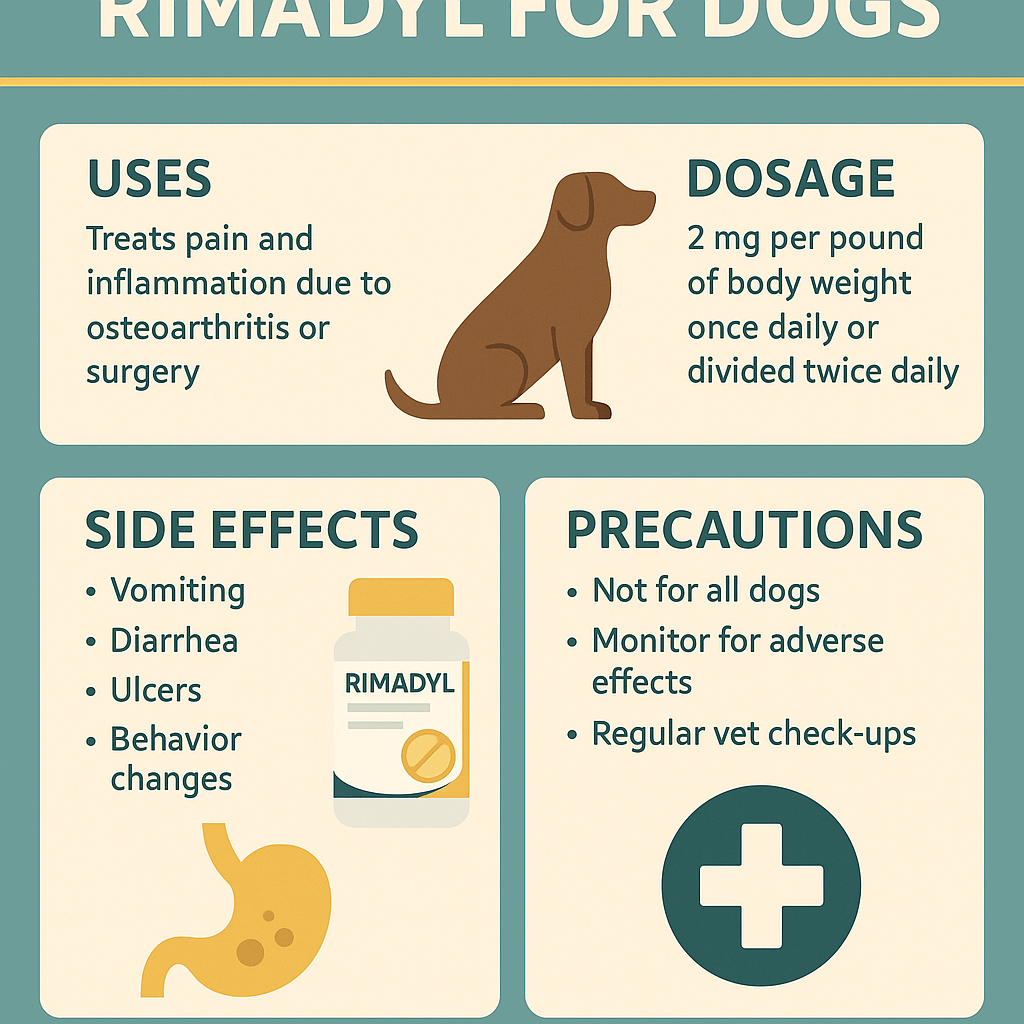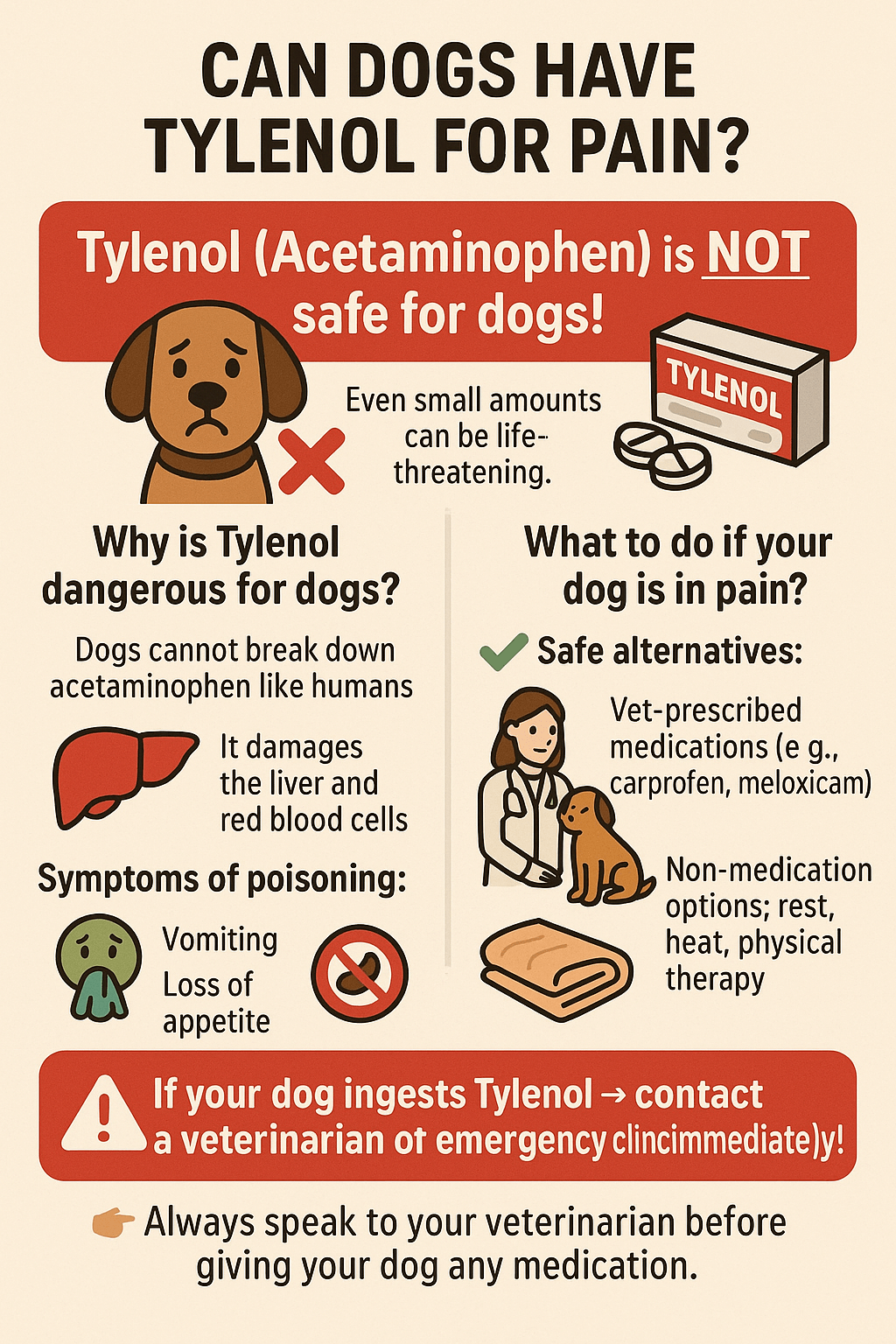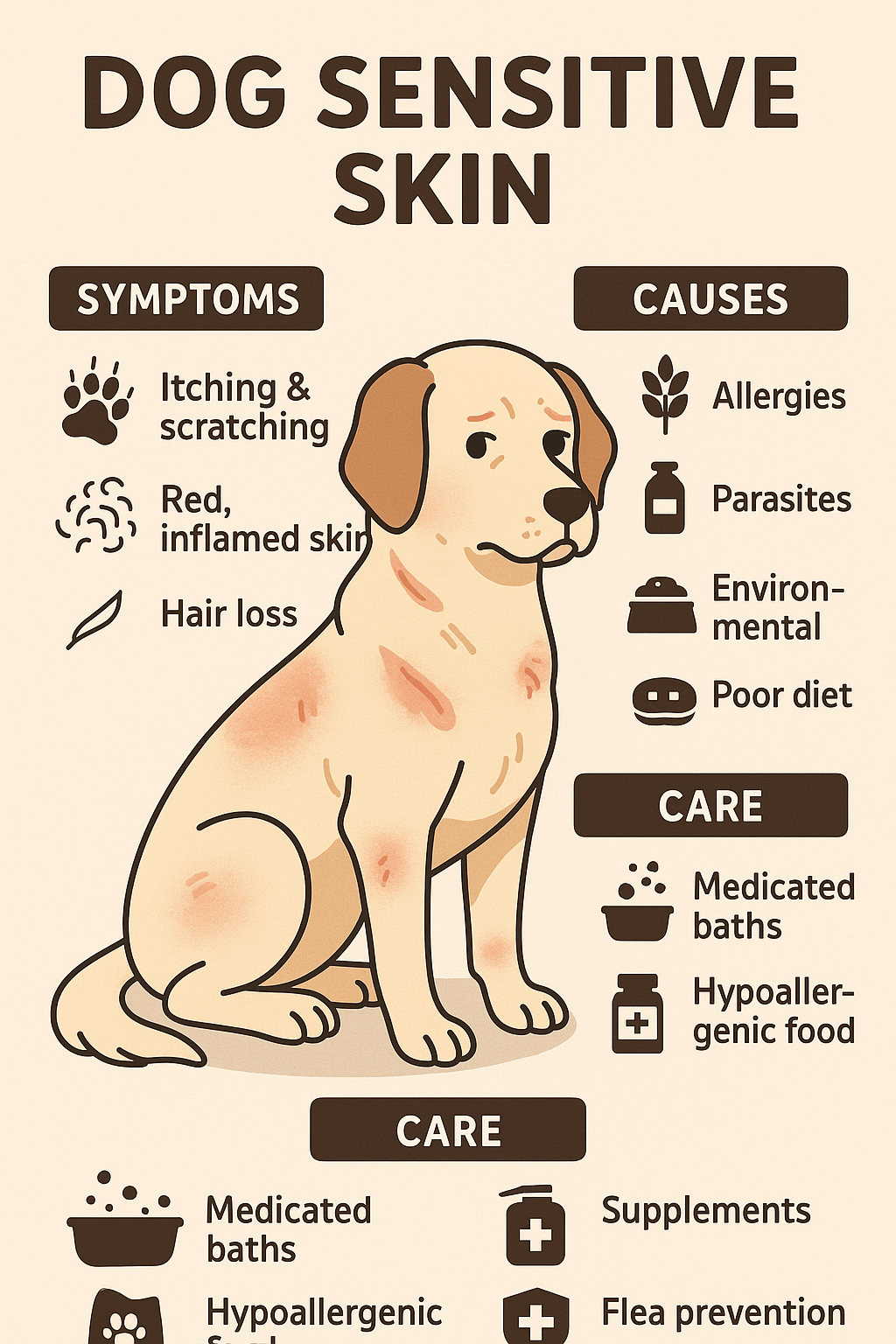Intramuscular Injection for Dogs: A Guide for Pet Owners
Administering an intramuscular injection to your dog may seem intimidating at first, but it’s a skill that can be incredibly valuable in ensuring your pet receives the care they need. Intramuscular injections are commonly used to deliver medications, vaccines, or supplements directly into your dog’s muscle tissue, where they are absorbed quickly and effectively. Whether you’re managing a chronic condition or simply preparing for routine vaccinations, understanding how to perform this procedure safely is essential. In this blog post, we’ll walk you through everything you need to know about intramuscular injections for dogs, from selecting the right location to tips for minimizing discomfort. Let’s dive in and empower you to provide the best care for your furry friend.
Where to Administer an Intramuscular Injection on a Dog
Choosing the correct injection site is crucial for both safety and effectiveness. The muscles in certain areas of your dog’s body are better suited for intramuscular injections due to their size and accessibility. Here are the most common locations:
Quadriceps Muscle (Thigh): Located on the front of the hind leg, this is one of the easiest and safest spots for injections.
Gluteal Muscles (Hindquarters): These large muscles are often used for larger volumes of medication but can be harder to access without assistance.
Trapezius Muscle (Shoulder Area): Found near the shoulder blade, this site is ideal for smaller injections but requires precision.
Epaxial Muscles (Along the Spine): Used primarily by veterinarians, these muscles are less common for at-home injections.
Biceps Muscle (Front Leg): Occasionally used for small doses, though it’s less preferred due to its smaller size.
Selecting the right injection site ensures proper absorption of the medication and minimizes the risk of complications. Always consult your veterinarian before proceeding.
Step-by-Step Guide to Administering an Intramuscular Injection
Administering an intramuscular injection requires preparation, precision, and patience. Follow these steps to ensure the process goes smoothly for both you and your dog:
Gather Supplies: Have the syringe, needle, medication, alcohol swabs, and a treat ready before starting.
Choose the Right Needle Size: Use a needle appropriate for your dog’s size—larger dogs require longer needles, while smaller dogs need shorter ones.
Restrain Your Dog Safely: Gently hold your dog in a comfortable position to prevent sudden movements during the injection.
Clean the Injection Site: Wipe the area with an alcohol swab to reduce the risk of infection.
Insert the Needle Firmly but Gently: Aim straight into the muscle at a 90-degree angle and inject the medication slowly.
By following these steps carefully, you can minimize discomfort and ensure the medication is delivered effectively. Practice makes perfect, so don’t hesitate to ask your vet for guidance if needed.
Check this guide 👉Understanding Dog Muscle Spasms: Best 7 Health Tips!
Check this guide 👉Understanding Dog Muscle Anatomy: Best 7 Health Tips!

Injection Sites for Dogs | Key Considerations |
|---|---|
Quadriceps Muscle | Easy to access, suitable for most dogs |
Gluteal Muscles | Best for larger doses, requires assistance |
Trapezius Muscle | Ideal for small doses, precise technique |
Epaxial Muscles | Typically used by vets, less common at home |
Biceps Muscle | Less preferred due to smaller size |
Tips for Making Intramuscular Injections Easier for Your Dog
Administering injections can be stressful for both you and your dog, but there are ways to make the experience more comfortable. Here are some helpful tips:
Stay Calm and Confident: Dogs can sense your emotions, so maintaining a calm demeanor will help keep them relaxed.
Use Positive Reinforcement: Reward your dog with treats or praise immediately after the injection to create a positive association.
Distract Your Dog: Offer a favorite toy or gently stroke them during the process to divert their attention.
Practice Restraint Techniques: Learn how to safely hold your dog to avoid accidental injuries during the injection.
Rotate Injection Sites: Avoid repeatedly using the same spot to prevent soreness or irritation.
These strategies can help reduce anxiety and ensure the process is as smooth as possible for your furry companion.
Signs of Complications After an Intramuscular Injection
While intramuscular injections are generally safe, complications can occasionally arise. Monitoring your dog closely after the procedure is essential to catch any issues early. Here’s what to watch for:
Swelling or Redness: Persistent inflammation at the injection site may indicate an adverse reaction or infection.
Limping or Lameness: Difficulty moving could suggest the needle hit a nerve or caused muscle soreness.
Behavioral Changes: Signs of pain, such as whining or reluctance to move, should not be ignored.
Fever or Lethargy: These symptoms might signal an infection or systemic reaction to the medication.
Loss of Appetite: Refusal to eat could indicate discomfort or stress related to the injection.
If you notice any of these signs, contact your veterinarian promptly to address potential complications.
Understanding What Medications Are Given Through Injections
Intramuscular injections are commonly used to deliver specific medications that require rapid absorption into the bloodstream. Knowing which medications are typically administered this way can help you prepare and understand your dog’s treatment plan. Here are some examples:
Vaccines: Many routine vaccines, such as rabies or distemper, are given intramuscularly to ensure proper immune response.
Antibiotics: Certain antibiotics, like penicillin, are delivered via injection for faster and more effective treatment of infections.
Pain Relievers: Medications like nonsteroidal anti-inflammatory drugs (NSAIDs) may be injected to manage pain or inflammation quickly.
Hormonal Treatments: Hormone therapies, such as those for reproductive health, are often administered intramuscularly.
Supplements or Vitamins: Injectable vitamins, like vitamin B12, may be used to address deficiencies or boost overall health.
Understanding the purpose of these medications helps you appreciate the importance of proper administration and follow-up care. Always confirm dosages and schedules with your veterinarian.
Steps to Ensure a Smooth Experience Before Administering the Injection
Preparing your dog mentally and physically before giving an intramuscular injection can make the process less stressful for both of you. Here’s how to set the stage for a successful procedure:
Choose a Quiet Environment: Find a calm, distraction-free area where your dog feels safe and relaxed.
Familiarize Your Dog with the Process: Gently touch the injection site beforehand to help them get used to being handled in that area.
Feed Your Dog Beforehand: Offering a small meal or treat can help keep them calm and cooperative during the injection.
Have a Helper Available: Enlist someone to assist with restraining or comforting your dog if needed.
Double-Check the Medication: Verify the dosage, expiration date, and instructions to avoid errors during administration.
Taking these steps ensures that both you and your dog are ready for the injection, reducing stress and increasing the chances of a smooth experience.
Exploring Other Administration Methods for Medications
While intramuscular injections are effective for certain treatments, they aren’t always the only option. Depending on the medication and your dog’s condition, alternative methods may be available. Here are some alternatives to consider:
Oral Medications: Pills, capsules, or liquid formulations are often easier to administer and less invasive than injections.
Subcutaneous Injections: Some medications can be given under the skin rather than directly into the muscle, which is less painful for your dog.
Topical Treatments: Creams, ointments, or spot-on treatments may be used for skin conditions or parasite prevention.
Intravenous (IV) Injections: For hospital settings, IV injections deliver medications directly into the bloodstream for immediate effects.
Transdermal Patches: These patches slowly release medication through the skin and are ideal for long-term treatments.
Discussing these options with your veterinarian can help determine the best method for your dog’s specific needs. Each alternative has its own benefits and limitations, so professional guidance is essential.
Frequently Asked Questions About Intramuscular Injections for Dogs
Can I give my dog an intramuscular injection at home?
Yes, but only under the guidance of your veterinarian. Proper training is essential to ensure safety.
What size needle should I use for my dog?
Needle size depends on your dog’s size; larger dogs typically require 1–1.5-inch needles, while smaller dogs need 5/8-inch needles.
How do I know if I’ve hit a nerve?
If your dog yelps, flinches, or shows signs of pain, stop immediately and consult your vet.
How often can my dog receive intramuscular injections?
Frequency depends on the medication or treatment plan prescribed by your veterinarian.
What should I do if my dog resists the injection?
Use treats, distractions, or enlist a helper to keep your dog calm and still during the process.
Final Thoughts: Empowering You to Care for Your Dog
Administering intramuscular injections to your dog may feel daunting at first, but with practice and guidance, it becomes a manageable part of their healthcare routine. By understanding the proper techniques, choosing the right injection sites, and monitoring for complications, you can ensure your dog receives the care they need safely and effectively. Remember, your veterinarian is always available to answer questions and provide support. With patience and dedication, you’ll be able to provide your furry friend with the best possible care, strengthening the bond you share along the way.
Rimadyl for Dogs: Best 7 Expert Tips! Discover expert advice on using Rimadyl safely, managing pain, and improving your dog’s mobility with trusted veterinary insights.
Can Dogs Have Tylenol for Pain? Best 7 Expert Tips! Discover the risks, safe alternatives, and expert advice on managing your dog’s pain effectively while avoiding harmful medications.
Understanding Hemophilia in Dogs: Best 7 Expert Tips! Discover expert advice on managing hemophilia, recognizing symptoms, and ensuring your dog’s well-being with practical care strategies.
Understanding Dog Sensitive Skin: Best 7 Expert Tips! Discover expert advice on managing dog sensitive skin, relieving irritation, and improving your pup’s comfort with practical solutions.





